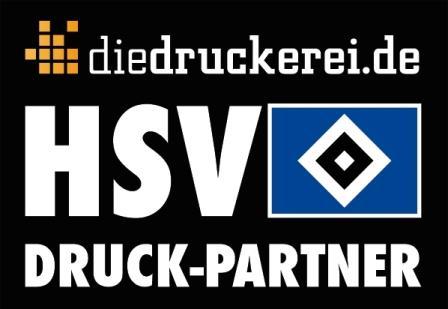


I don’t want to think about the backup team’s infrastructure… I just want to sign up and say this application, this data should be available on this kind of SLA. It’s all leading to something new: “That next wave is where things get more interesting… I start thinking in terms of SLA’s.I can’t be putting it into proprietary, lock-in formats… that way I can do backup, disaster recovery, and archive, because I’ve got the the data in a form that’s useable.” The solution is a “shift from backup to data protection… I want to do more with my data… I want to be able to use my data for disaster recovery… I want to boot it up instantly… and for that to happen I need to keep the data in its native, original format.The data’s gotten so big that the traditional one-size-fits-all backup isn’t scaling as we get to bigger applications, more dense environments, more virtual servers.” The model doesn’t work anymore: “What causes the disruption is the data growth.Today backup operates in a silo “characterized by [a} traditional, separate backup team, separate infrastructure, separate process, and that’s been our industry for the last 20 years.”.It’s an illuminating 10 minutes, telling a story familiar to our customers: Manley elaborated in a beautifully produced EMC copy management video last week, which you can see here. The change follows on the heels of EMC’s public acknowledgement that “ Backup is broken,” specifically by Stephen Manley, the CTO of EMC’s Backup Recovery Systems Division. The organizational change and name change reflects the fact that backup, recovery, continuous availability, snaps, replicas – and their application integration – are all reflective of a common continuum of copy management of the things stored on primary storage. The new team is the “Data Protection and Availability Division” (DPAD). We also aligned the teams that make VPLEX and Recoverpoint with the people that develop Avamar, Networker, Data Domain (…formerly called the “Backup and Recovery Systems” or “BRS” team). The new team is the “Enterprise and Midrange Systems Division” (EMSD)… The use of the word “system” vs “storage” reflects the fact that “primary storage” is starting to morph and over time, its more and more likely that primary storage subsystems will be also able to run other workloads beyond pure primary storage IP stacks. Yesterday, internally we brought together the people that develop VMAX (…Enterprise Storage Division or “ESD”) and VNX (…Unified Storage Division or “USD”). The moves were explained in a blog post by SVP Global Systems Engineering Chad Sakac: Last week, EMC announced a re-org of its various backup and supporting technology divisions. This is a significant development, and we’ve spent the last few days trying to figure out what it means.įirst the facts. By Michael Troiano, Chief Marketing Officer – EMC just got behind our vision for Copy Data Management… at the highest levels, and with implications for both their organization and (eventually) their technology.


 0 kommentar(er)
0 kommentar(er)
